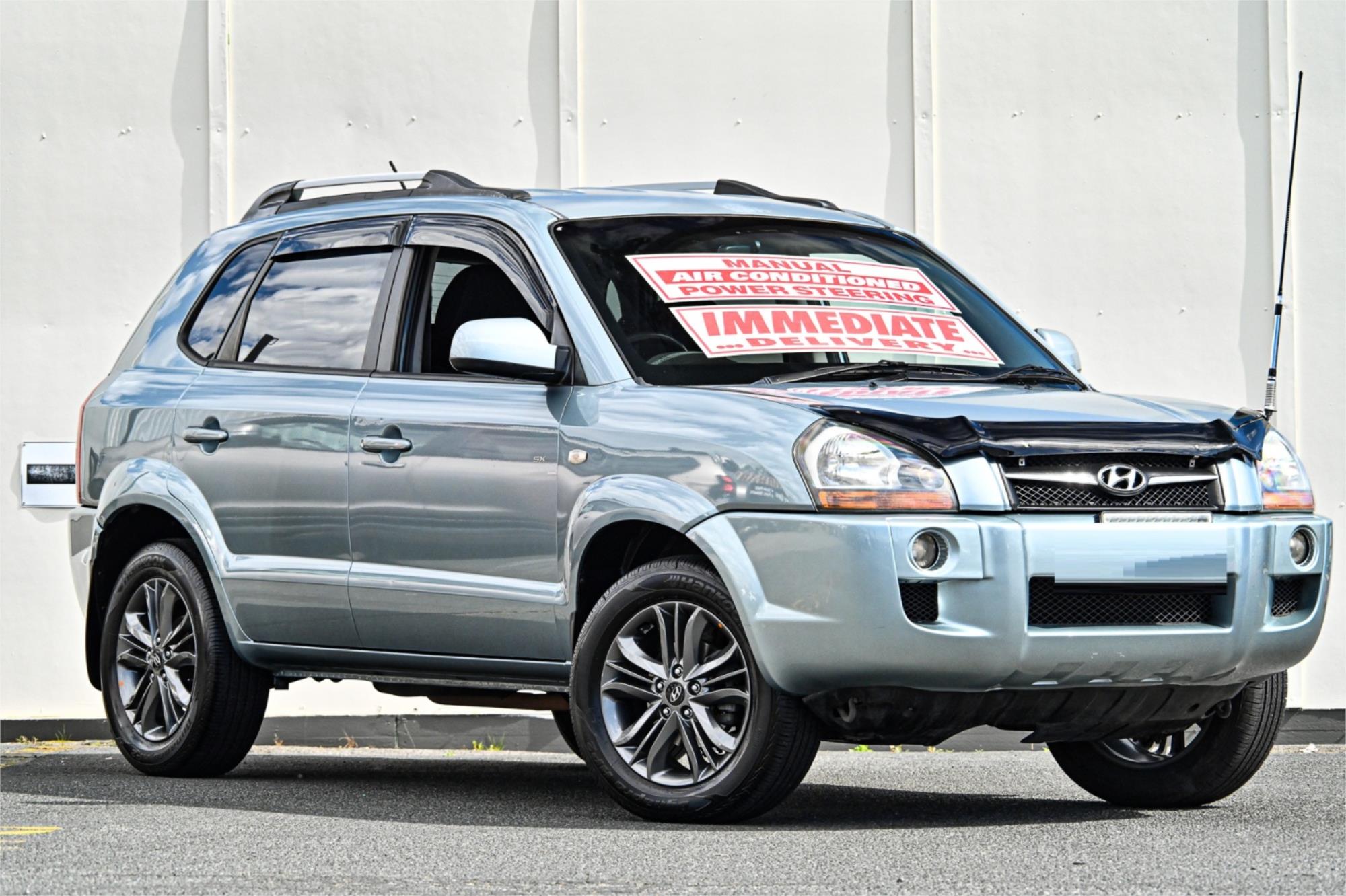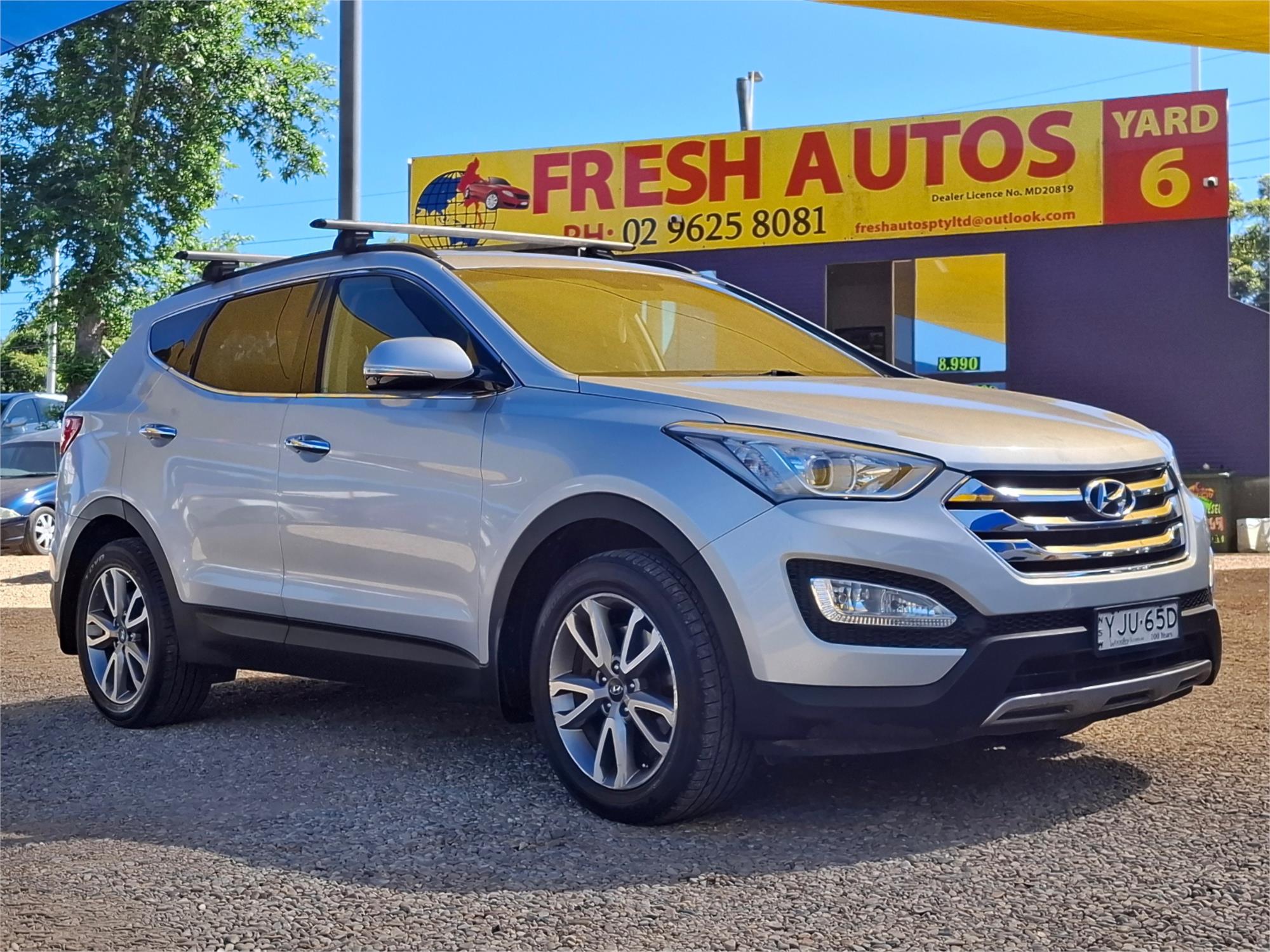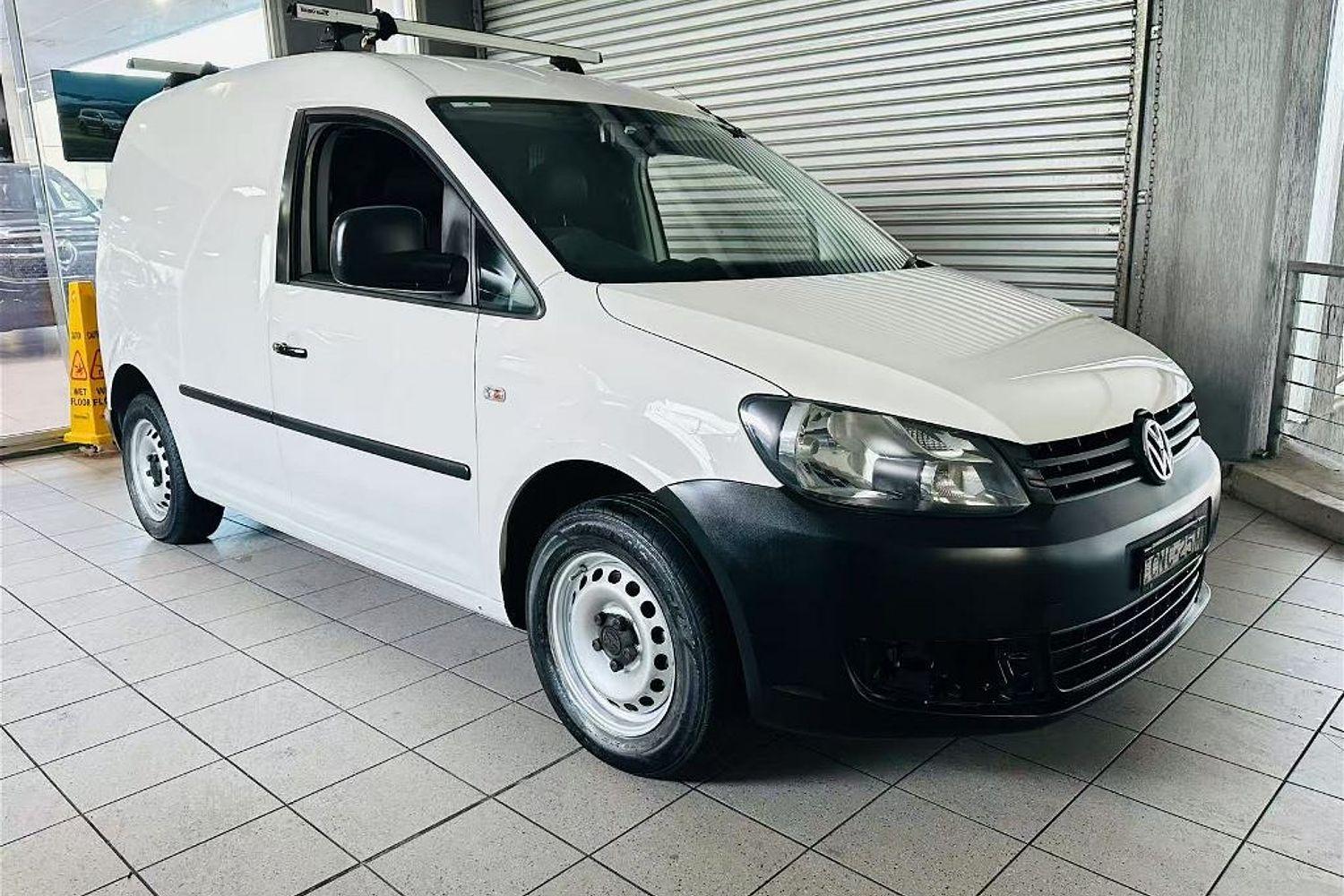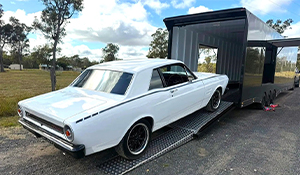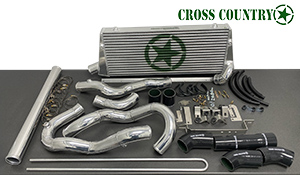2020 NISSAN JUKE REVIEW
Credits via https://practicalmotoring.com.au/
The old Juke was one of the first baby crossovers. Later rivals tried to make more space for families, but that gave them boring silhouettes. People loved the looks of the Juke and it sold well, right to its end. The job here was to keep the individuality of the design, but improve space in the cabin and the boot, and the cabin quality too.

It’s a car designed and specced in Europe, so don’t be surprised the AWD version has died. There’s no more 1.6-litre engine, either. The new Juke is turbo 1.0-litre and FWD exclusively. The only choice now is between trim levels.They did make extra space with the new Juke, though, stretching the wheelbase by 10cm. But overall length has grown just 7cm, so the overhangs are shorter. Commendably, this extra space comes along with a reduction in overall weight. Just over 20kg has been carved out.
The new body has some assertive creases, and lots of sparkly LED lighting. The old round-eye motif has been retained at the front, but with three-bladed running lights within the circle. The wheel options go up to an unnecessary but attention-grabbing 19 inches. Despite this, the new Juke is probably more conformist than the old one, having lost its hunched-hyena proportions.

What does it cost and what do you get?
While the entry-level Juke ST sees an increase in price of over $4,000 (now $27,990 plus on-roads) compared to the old model, the new base model comes packed with far more equipment than before.
Standard kit includes a new 8.0-inch infotainment system Apple CarPlay and Android Auto, 17-inch alloy wheels, AEB with pedestrian and cyclist detection, lane departure warning, automatic headlights with high beam assist, reversing camera, rear parking sensors, blind spot warning and traffic sign detection systems.

The ST-L ($33,940 + ORCs) adds further equipment such as a 7.0-inch digital instrument cluster, ambient LED cabin lighting, front parking sensors, 360-degree birdseye camera system with moving object detection, adaptive cruise control, and TomTom navigation on the infotainment.
The Ti ($36,490) comes with different 19-inch alloys, partial leather seats with diamond quilt pattern stitching and an eight-speaker Bose sound system, including headrest speakers.

What’s the Nissan Juke interior like?
Roomier is the big news. The front feels more spacious. The old Juke was cramped for not-even-very-tall men, whereas the new one will accommodate almost everyone. The steering column now telescopes as well as tilts, as you’d expect, and has a good range of adjustment.
In the back, two adults can fit comfortably though there isn’t really much space for anyone in the middle unless it’s kids back there. Also, the shallow glass and thick rear C-pillar make it feel dark, and the view out from the rear seats is limited. Such is the compromise for the stylish exterior.

The rear seat gets a USB power outlet and some door bins with map pockets, and that’s about it for amenities. No direct-able air vents, for instance.
The boot is now 422 litres, whereas before Juke owners had to get by on 354 litres. The hatch opening is wider than it was, too. Overall, boot space is nice and deep, with a good length to it. In fact, it’s only 8L smaller than the boot on the current Qashqai – a model that’s a size larger in the Nissan SUV family.

The three distinct trim levels for ST, ST-L and Ti bring different materials. You get Alcantara trim (a very nice finish) in the TI, whereas the ST has simple fabric seats and misses out on the centre console lid the ST-L and Ti have. The ST base-grade is rather plain, actually, but the mid-spec ST-L is a nice sweet spot.
The instrument pack consists of analogue dials, with a 7.0-inch colour display screen (ST-L and Ti) between them giving additional configurable driving info.
Lots of functions – HVAC, driver-assist – get their own hardware controls, so the centre screen can concentrate on infotainment.

What’s the Nissan Juke infotainment like?
First mention goes to the stereo fitted on Ti grades. It’s a Bose setup that supplements the usual speaker array with tiny directional speakers in the driver’s and passenger’s head restraints. The effect of these is to give a very defined stereo image to the people in those seats; a wonderful sense of space to the sound.

Nissan makes a lot of noise about the connectivity in the Juke, with all grades but the base ST getting a live system for traffic on the maps, and permanent connection to an app on your phone. This allows web-enabled locking, checks on fuel level, diagnostics and an easy way to send nav directions to the car before you set off.
There’s also Apple CarPlay and Android Auto connectivity for all models via the large 9.0-inch infotainment display. It’s a good unit – bright, clear and readable in strong sunlight.

What’s the Nissan Juke’s engine like?
The new little 1.0-litre three-cylinder turbo petrol engine is obviously not meant for heavy towing or yanking a vehicle up dunes, given its 84kW and 180Nm output. But the Juke is definitely not that sort of crossover, and in the context of normal city and highway biffing around, this output is just fine.
The claimed 5.8L/100km fuel consumption is rather efficient, too.

Zero to 100km/h is just over 10 seconds. Not sparkly but as much as you can use without drama. In acceleration, it emits a three-cylinder thrum, but it settles down to a more regular hum at a cruise.
It gets its best work done in the middle revs. Power peak is at little over 5000rpm, so although it can and will rev to 6500, you likely won’t. Still, there’s enough gumption in this engine that it’ll just about see you right if you go to play in your favourite quiet twisty road.
The new seven-speed dual-clutch transmission is one of the better ones of its kind, shifting smoothly and selecting among its seven ratios in a sensible and timely way.

What’s the Nissan Juke like to drive?
The combination of direct steering, taut damping and stiff anti-roll bars work to give a well-calibrated and precise feel through bends. There’s even a useful hint from steering feedback at the limit, and not much understeer.
The worst edges of ridges and potholes are eased away, even with the large 19-inch hoops. It’s good and stable on the freeway, too, as the suspension and big tyres don’t kick up much noise.
The brakes look tiny inside the big wheels, but in our testing, they did the job. Just note that the base ST gets a drum brake rear that’s primitive compared to the other full disc brake setup on the higher grades. That’s worth the upgrade alone.

How safe is the Nissan Juke?
Six airbags are fitted. There’s an Isofix point in the front seat as well as two behind. Even though the rear doesn’t really fit three people comfortably, it has belts and head restraints for all.
All versions get a decent pack of active safety tech. The intelligent emergency braking function detects vehicles, pedestrians and cyclists. The lane assist nudges you back if you cross the line. A beep sounds if you exceed the speed limit. The traffic sign recognition is linked to the cruise control, too.
The upper grades get an extra pack, consisting of adaptive cruise control and a blind-spot system that nudges you back into the lane if you move out with a faster vehicle overtaking. It also adds 360-degree cameras for manoeuvring – really useful, even in a small SUV.

The Bottom line
This new Juke is a much nicer car than before, and in the compact crossover arena, it’s a worthy contender against any rival with its solid packaging, pricing and performance for urbanites.


